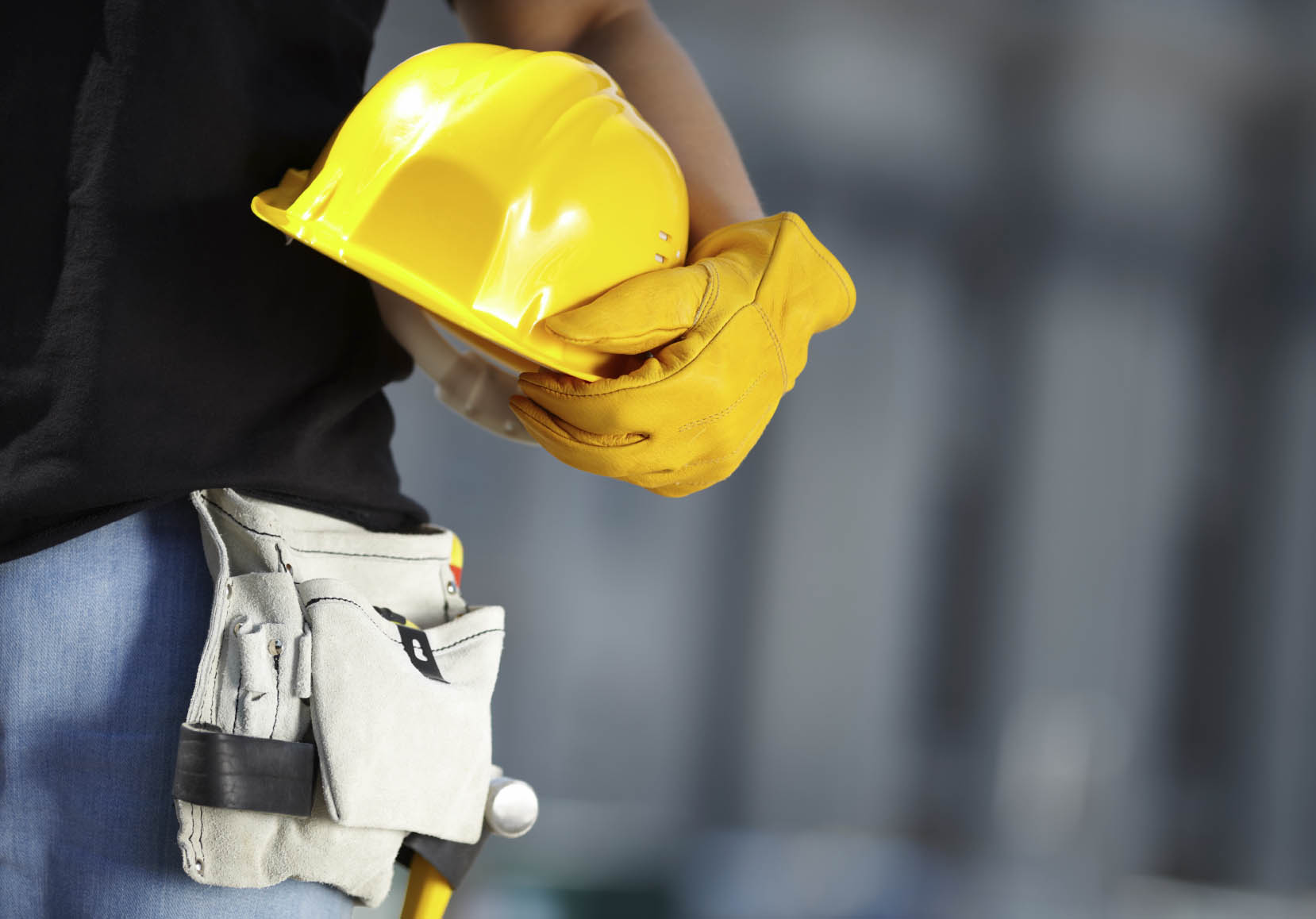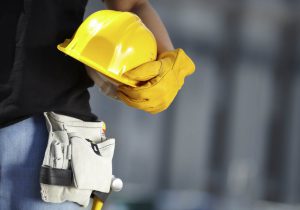
We’re no experts on safety, but there are some practical guidelines to onsite job safety from Occupational Safety and Health Administration (OSHA). These standards for  construction sites help to reduce the risk of injury. Always remember to check local safety requirements and ensure that your crew is properly trained.
construction sites help to reduce the risk of injury. Always remember to check local safety requirements and ensure that your crew is properly trained.
Training
All employees must be trained in safety procedures including how to use and store tools, how to navigate the worksite and how to properly handle chemicals and other hazardous substances safely. Workers must be trained to work in confined spaces.
Working with Electricity
While electricians will have special training on how to deal with safety, all construction workers must adhere to safety procedures around electrical wiring. Light bulbs should be protected with screens or cages, flexible cords must be protected from damage. All knockout holes and circuit breaker holes must be covered. Cords should not be run through walls, ceilings and floors.
All handheld tools should be grounded or double-insulated. Ground fault circuit interrupters (GFI) or an assured equipment grounding conductor program must be used. All electrical equipment must be NEMA-rated and circuit breakers must be properly rated.
Overhead conductors must be installed at the right height; 10 feet above grade for general areas, 12 feet above for areas where vehicles are operated, 15 feet for trucks and 18 feet above streets to which the public have access.
Hazardous Chemicals
All the correct protocols must be followed and all construction workers properly trained. Restricted access must be exercised to keep untrained employees out. A hazard communication plan must be developed for each job site and chemicals must be properly stored, labeled and marked with warnings.
All employees must be trained on how to eliminate environmental hazards and what to do in the event of a spill.
Woodworking Tools
Electrical saws and sanders must be used with guards in place and must be equipped with an anti-start device for when power is interrupted.
Excavations and Trenches
These must be properly supported with an approved ramp or ladder located within 25 feet of each worker. Excavations and trenches must undergo weekly inspections to ensure safety.
Hazardous Gases
Oxygen and fuel gas cylinders must be properly stored and secured onsite. They must be separated by 20 feet or by a 5 foot-high wall. All gas welding and cutting equipment must only be used by qualified and trained workers and with all the requisite safety gear.
Fire Protection
Workers must be trained on fire protection procedures, firefighting equipment must be visible and accessible and in good working order. A fire alarm should be installed onsite to warn workers of possible dangers.
Aerial lifts
These should only be operated by properly trained workers and in accordance with the manufacturer’s instructions. Users must be attached with a body belt to the basket floor.
Jobsites should be organized and free of debris and scraps. The perimeter should be properly secured to ensure that tools and building supplies are safely stored.
